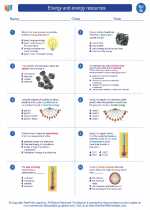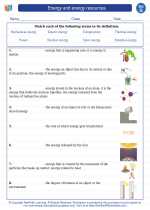Emulsions
An emulsion is a type of colloid where two immiscible liquids are mixed together to form a homogeneous mixture. The two phases in an emulsion are the dispersed phase and the continuous phase. The dispersed phase consists of small droplets of one liquid suspended in the other liquid, which is the continuous phase. Emulsions are commonly found in various everyday products such as mayonnaise, salad dressings, and certain pharmaceuticals.
Types of Emulsions
There are two main types of emulsions:
- Oil-in-water (O/W) emulsions: In this type of emulsion, oil droplets are dispersed in a continuous phase of water. Examples include milk and lotion.
- Water-in-oil (W/O) emulsions: Here, water droplets are dispersed in a continuous phase of oil. Examples include butter and margarine.
Emulsifying Agents
Emulsifying agents are substances that help stabilize emulsions by preventing the dispersed phase from coalescing and separating from the continuous phase. Common emulsifying agents include egg yolk, lecithin, and certain proteins. These agents have both hydrophilic (water-attracting) and hydrophobic (water-repelling) properties, allowing them to surround the dispersed phase and form a protective layer to keep the emulsion stable.
Study Guide
Here are some key points to remember about emulsions:
- Define emulsions and describe the two phases involved.
- Identify examples of oil-in-water and water-in-oil emulsions.
- Explain the role of emulsifying agents in stabilizing emulsions.
- Discuss the importance of emulsions in various industries such as food, cosmetics, and pharmaceuticals.
- Compare and contrast emulsions with other types of colloids, such as sols and gels.
Understanding emulsions and their properties is important for various applications in industries and everyday life. Remember to review the types of emulsions and the role of emulsifying agents to have a solid grasp of this topic.
.





